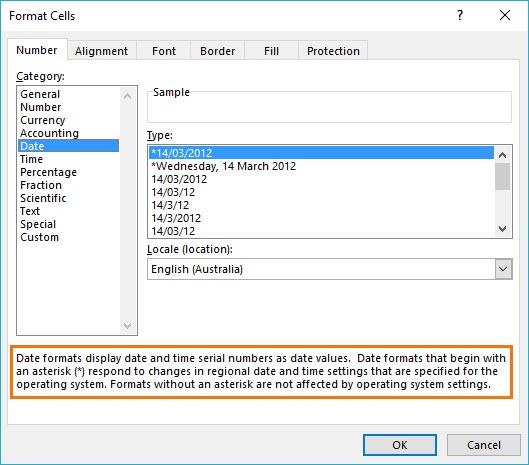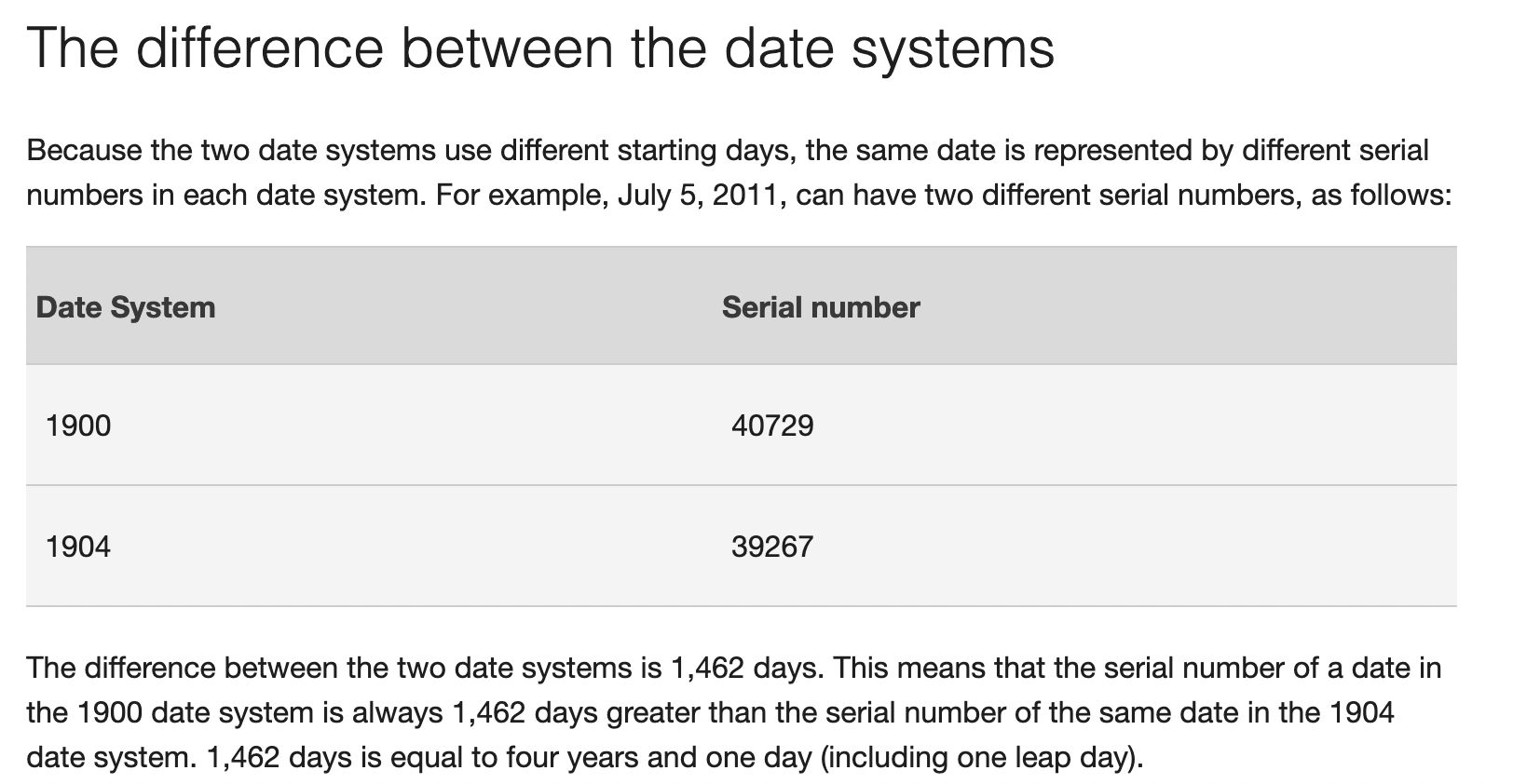

Evaluations of a device as a pointing device is according to the International Organization for Standardization (ISO) 9241-9:2000 standard. The performance of a mouse device and the LMC for 3D manipulation tasks is analyzed, and an LMC-supported Augmented Reality (AR) interface is proposed. Design issues and opportunities for bare-hand 3D controlling techniques with the LMC are evaluated. Further, exploration of the suitability of the Leap Motion Controller for Australian Sign Language (Auslan) and handwriting recognition are discussed. In contrast to standard multi-touch solutions, this touch-free sensor is discussed for use in realistic stereo 3D interaction systems, especially concerning the direct selection of stereoscopically-displayed objects. The Leap Motion Controller introduces a new gesture and position tracking system with sub-millimeter accuracy. This paper evaluates the Leap Motion Controller (LMC) as a new three-dimensional (3D) contact-free pointing device. Therefore, the compatibility between device characteristics and the abilities of the user determines the objective and subjective input performance to a large extent. Different input device characteristics, however, make different requirements of human abilities. Such sensors become significant for sterile environments, e.g., medical or industrial applications. Besides the classical input devices, there are more and more contact-free input systems available, e.g., gesture-recognition, eye-gaze control or speech input. There is a large variety of classical input devices, e.g., mouse, trackball, joystick, touch pad or touch screen. To request a classification not listed on this page, contact questions about classifications of third party products, please contact the manufacturer directly.Effective, efficient human-computer interaction (HCI) is strongly influenced by input devices, which sense the physical interaction of users.

for use in nuclear, missile, or chemical and biological weapons proliferation activities.State Department’s Nonproliferation Sanctions List State Department’s Debarred Parties List, and the U.S. Commerce Department’s Entity List, the U.S.

Commerce Department’s Denied Persons List, the U.S. Treasury Department’s Specially Designated Nationals and Blocked Persons (SDN) List, the U.S.

Government, including, but not limited to, the U.S.


 0 kommentar(er)
0 kommentar(er)
